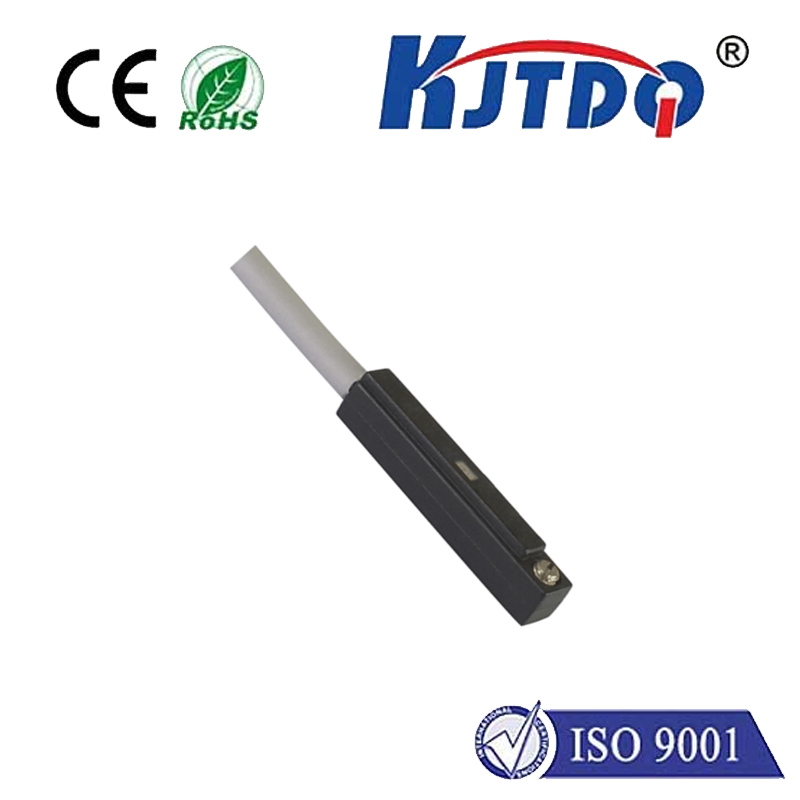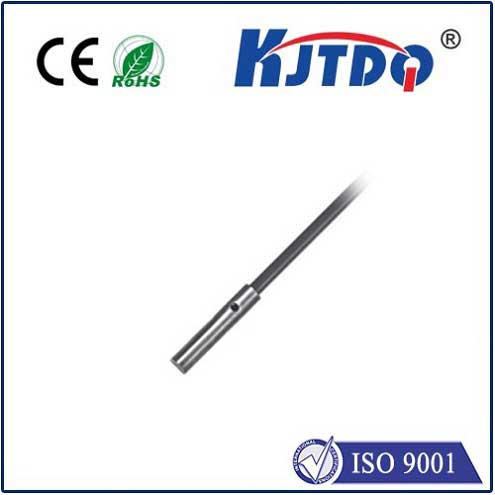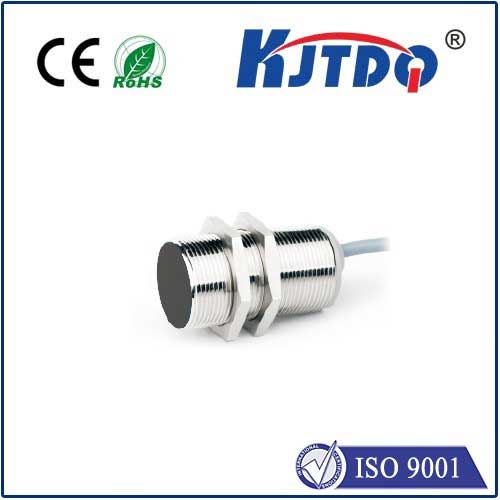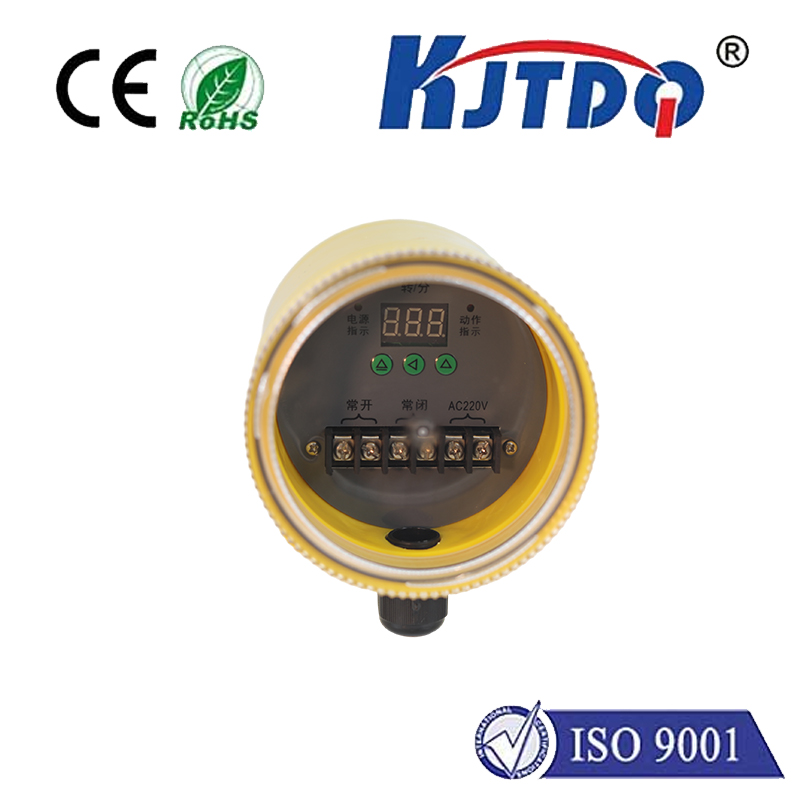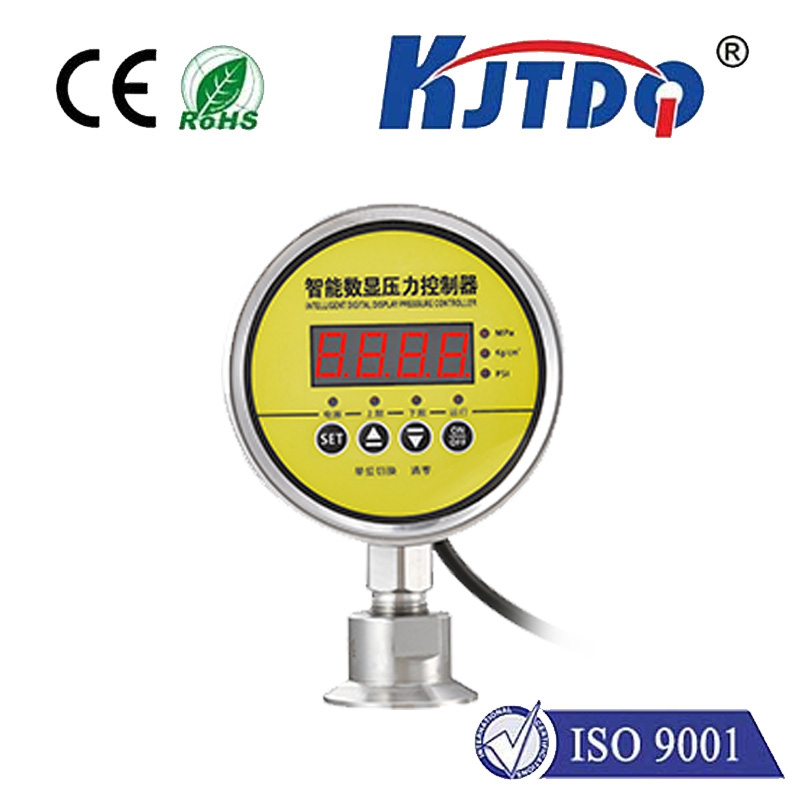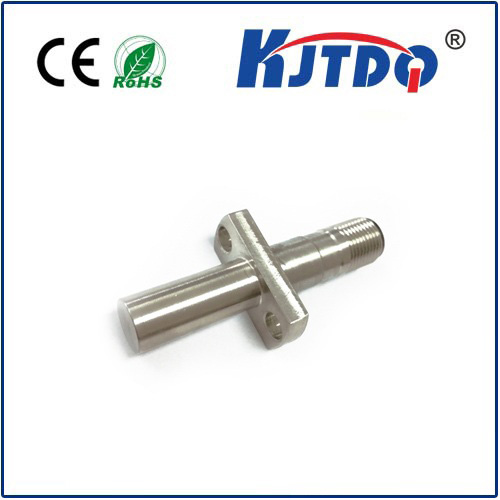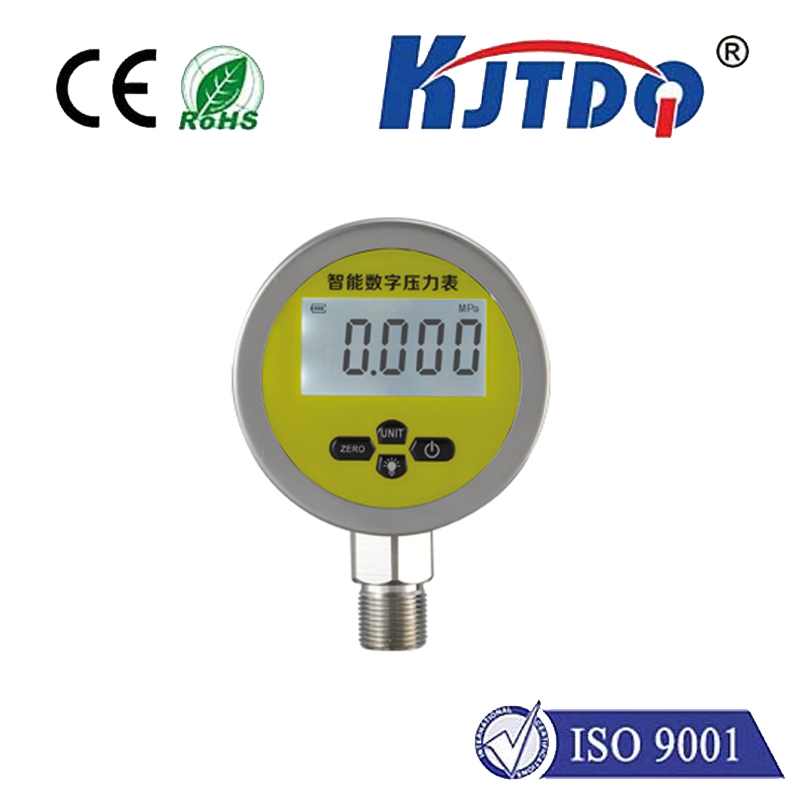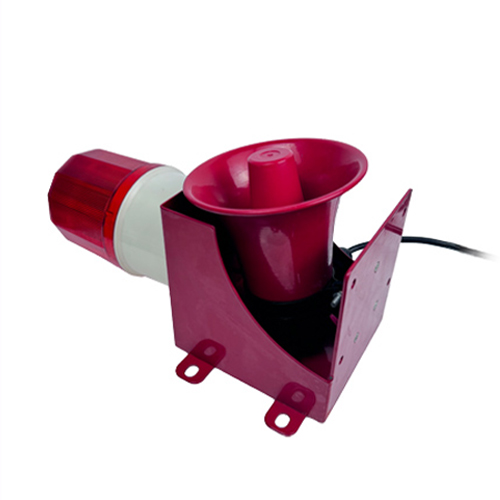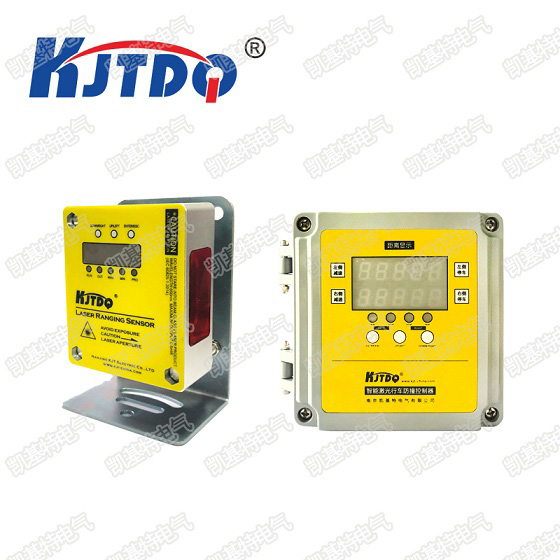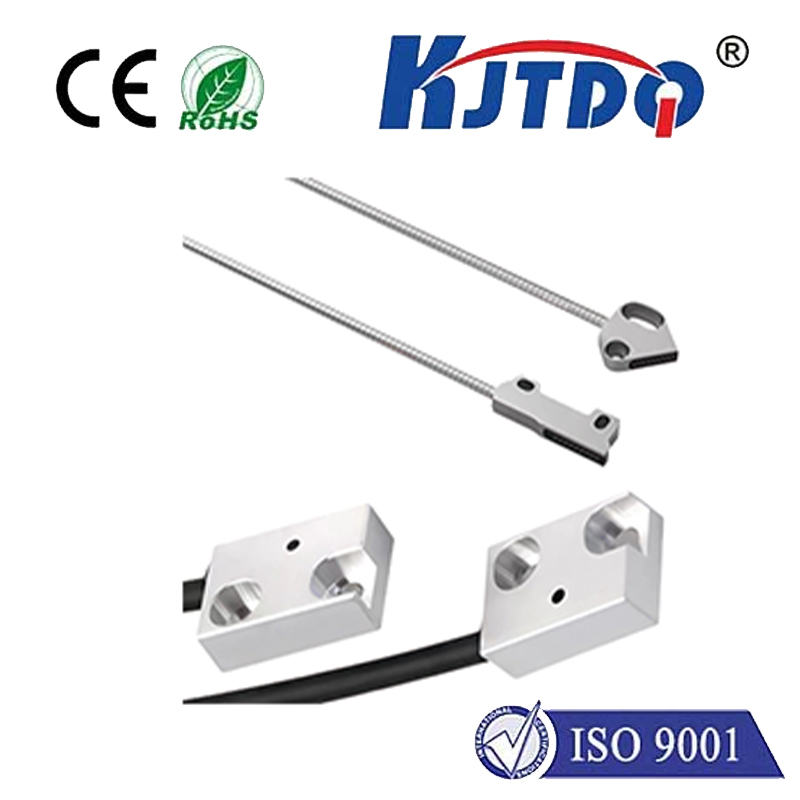

check

check

check

check

check

check

check

check

check

check
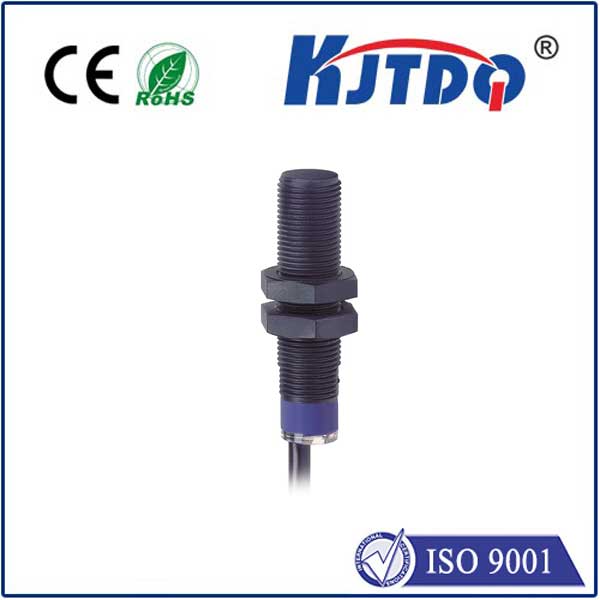
Intrinsically safe explosion protection and explosion proofing are two safety measures used to prevent fires and explosions. Their differences are as follows:
1. Definition
Intrinsic Safety refers to the purpose of preventing explosions by limiting the magnitude of current and voltage to ensure that no sparks or energy are released under normal operating conditions.
Explosion-proof can isolate sparks or explosive gases inside the equipment through structural protection, preventing sparks or flames from entering the explosive environment.
2. Equipment design
Intrinsically safe designed equipment requires the introduction of current-limiting components into the circuit, such as current-limiting resistors, capacitors, etc. The design requirements of these components ensure that during normal operation of the equipment, the current and voltage do not exceed the safe limits for the corresponding explosion protection level. Explosion-proof designed equipment uses special materials and structures to resist the energy generated by sparks and prevent flames from entering the environment and causing further spread.
3. Application scenarios: Intrinsically safe explosion protection is mainly used in flammable and explosive gas, steam and dust environments, such as chemical plants, petroleum industry, mines, etc. Explosion proof is mainly used to prevent sparks from reaching explosives, such as equipment used in material handling, storage and processing, such as oil tanks, jets, etc.
4. Safety level: Intrinsic safety systems usually adopt multi-level safety measures, with different protection levels, such as IA, IB and IC, etc., used to divide different explosive gas environments. Explosion-proof equipment will meet specific explosion-proof levels when designed, such as Ex d, Ex e, etc., which indicates the level of protection of the equipment against explosions.
Generally speaking, intrinsically safe explosion protection is to avoid sparks and energy release by limiting current and voltage, while explosion proof is to isolate sparks or explosive gases inside the equipment through material and structural protection. Both measures are designed to protect equipment and personnel from the threat of explosion and fire.
